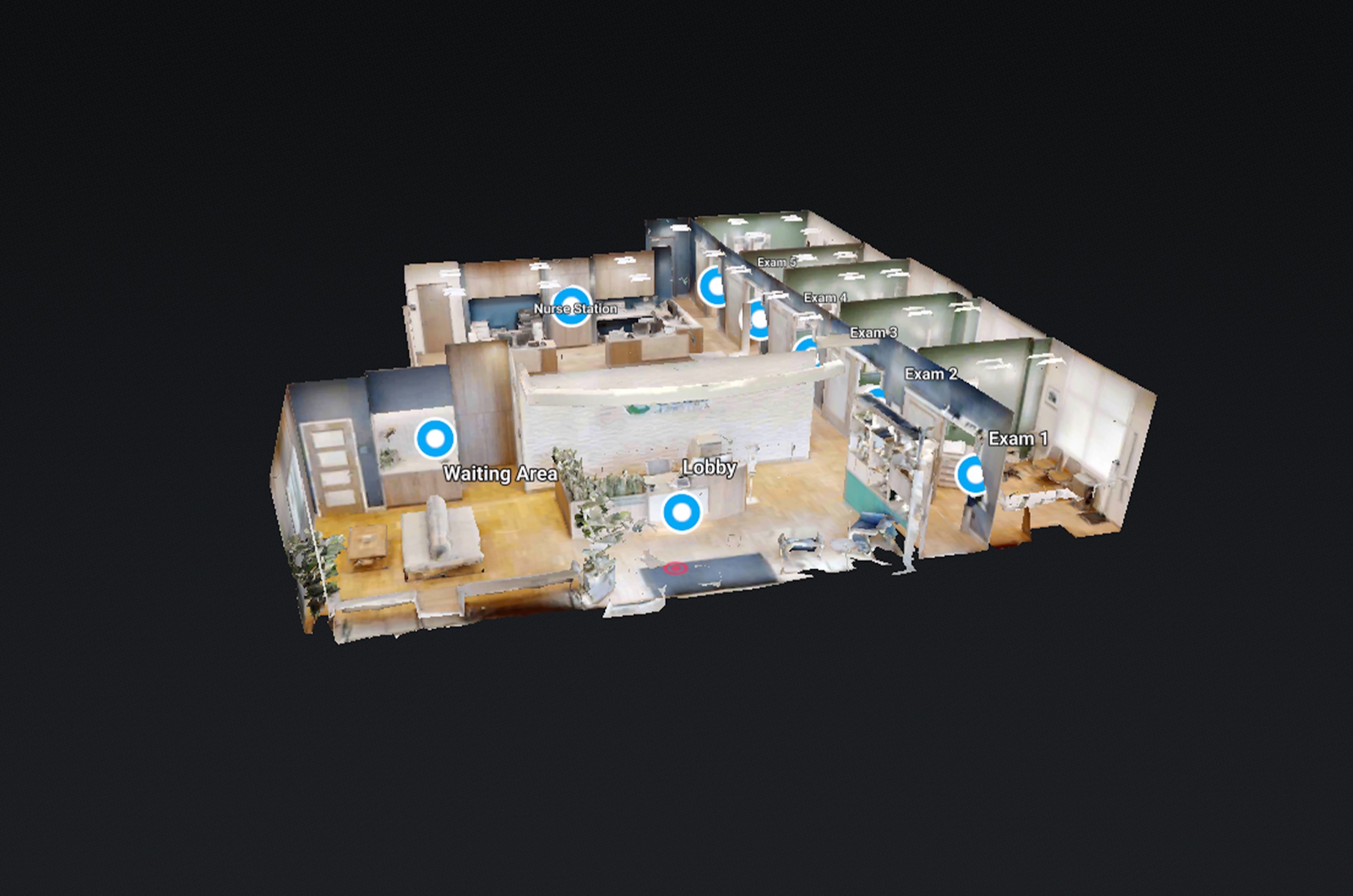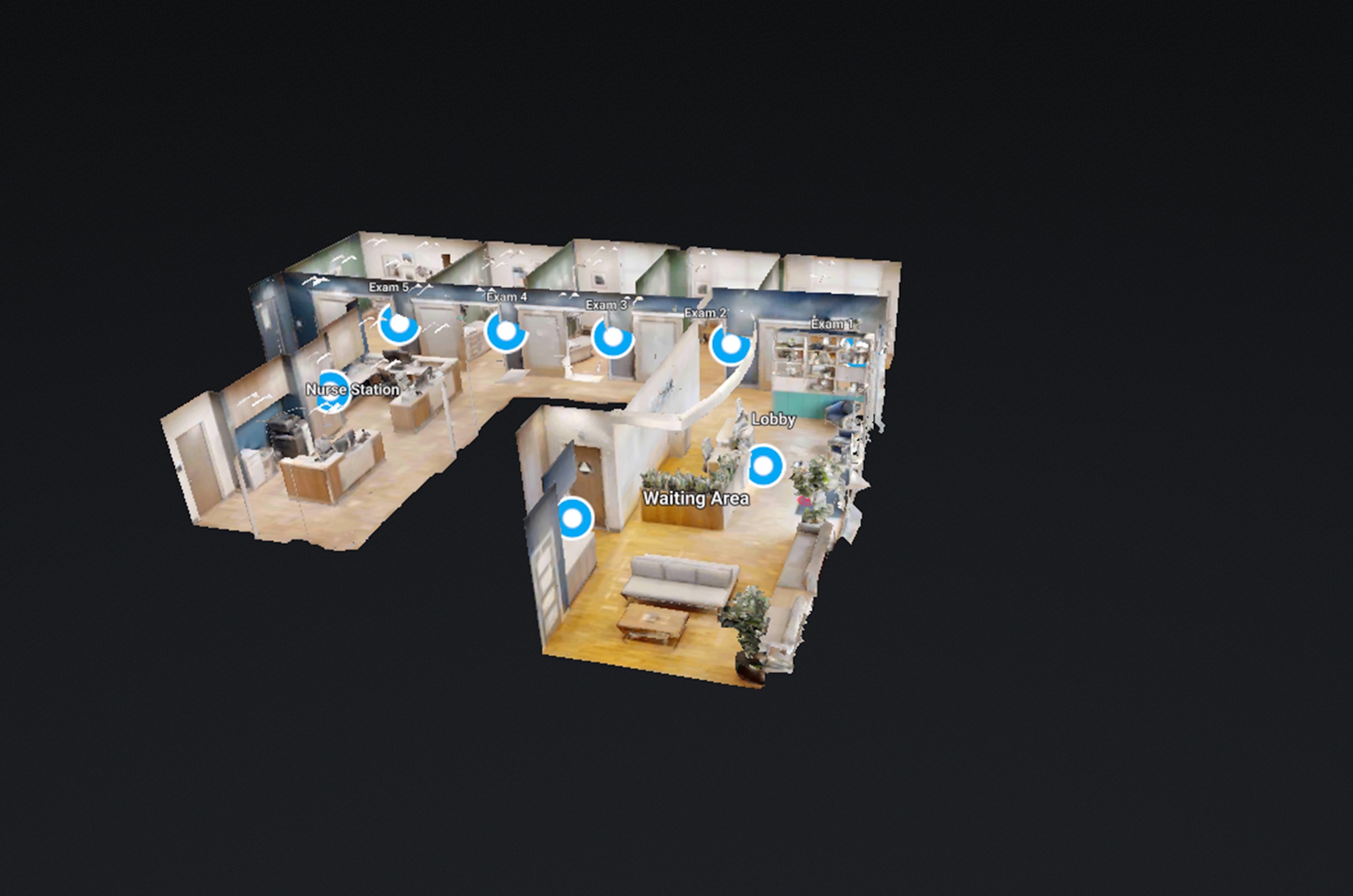In an era where digital innovation reshapes how we interact with spaces, 360 virtual tours stand out as a transformative tool for venues and theaters. These immersive experiences offer more than just a glimpse into physical locations; they invite audiences into a vividly interactive exploration from the comfort of their homes.
This blog dives into the untapped potential of 360 virtual tours, unveiling how they can revolutionize engagement for venues and theaters, offering fresh perspectives and strategic advice to captivate and expand audiences like never before.
1. Enhancing Online Presence: For venues and theaters, a strong online presence is crucial. Integrating 360 virtual tours on websites and social media platforms not only elevates the user experience but also significantly boosts online visibility. By offering an immersive sneak peek, venues can entice potential visitors, showcasing the unique ambiance and architectural beauty that still photos cannot capture.
2. Virtual Event Planning: 360 virtual tours can revolutionize event planning, providing event organizers and potential renters with a comprehensive view of the space. This tool allows for a detailed examination of the venue’s layout, capacity, and facilities, facilitating more informed decision-making and creative event conceptualization without the need for physical visits.
3. Interactive Seat Selection: For theaters, incorporating 360 virtual tours with interactive seat selection can dramatically enhance the ticket purchasing process. Patrons can virtually explore different seating areas to find their preferred viewing experience, making the selection process more engaging and personalized.
4. Behind-the-Scenes Access: Offer a unique behind-the-scenes look at the venues and theaters through 360 virtual tours. This could include exploring backstage areas, dressing rooms, or even the intricacies of the lighting and sound systems. Such exclusive content not only piques interest but also builds a deeper connection with the audience.
5. Archiving Historical Performances: Venues and theaters can use 360 virtual tours to create an interactive archive of past performances. By allowing users to explore different parts of the theater during a performance, venues can offer an innovative way to relive memorable shows, extending the life of past productions and reaching new audiences.
Conclusion:
360 virtual tours represent a frontier in digital engagement for venues and theaters, offering unparalleled opportunities to connect with audiences far and wide. By leveraging this technology, venues can enhance their online presence, streamline event planning, offer personalized experiences, and provide exclusive content that deepens audience engagement.
In the competitive landscape of entertainment and events, embracing 360 virtual tours is not just an option; it’s a strategic imperative to captivate and enchant audiences in the digital age. As venues and theaters continue to explore the possibilities of this technology, the potential to transform how we experience and interact with these spaces is boundless, promising a future where engagement knows no boundaries.







